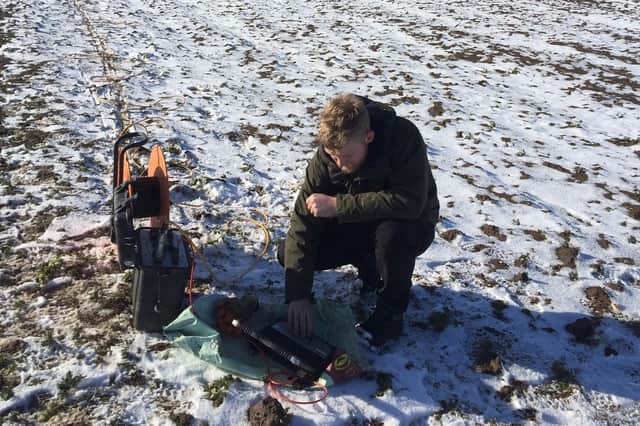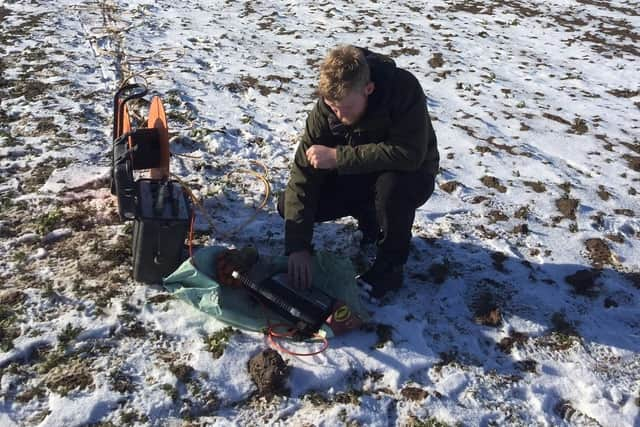Study reveals 'alarming' levels of salt water beneath the Fens could threaten agriculture in Lincolnshire


An academic study claims new maps of the Fens show ‘alarming’ levels of salt water beneath the surface of the Fens – which could be ‘hugely damaging’ for future food production.
The Fens is an area of Lincolnshire, Norfolk and Cambridgeshire located inland from the Wash, which includes Boston and Spalding.
Advertisement
Advertisement
The research has been conducted by academics from the University of Lincoln, a spokesperson for which said it reveals “the alarming levels of salt water in the Fens of eastern England and the potential consequences for food production”.


“The first ever maps of the shallow groundwater of the Fens show that salt water is relatively close beneath the surface, meaning that if sea-levels rise, then salt content would affect the ability of the area to grow food,” the spokesperson added.
“The eastern English Fens collectively produce 11% of the agri-food economy from just 4% of the agricultural land covering the entire country.
"With flooding being the UK’s most serious natural hazard, low-lying marsh and wetland areas such as the Fens are at high risk of soil salination.”
Advertisement
Advertisement
This stratigraphic map of the shallow groundwater was collated by a team led by academics from the University of Lincoln, after taking electrical soundings to assess the depth at which saline water lies beneath the land.
The work revealed that even six miles from the coast, the depth of this salinity is “only a few meters beneath the surface”.
Project leader and Deputy Head of Life and Environmental Sciences (Geography) at the University of Lincoln, Dr Daniel Magnone explained: "The work shows that the groundwater could be a pathway to salinisation of these critical lands either via sea-level rise or over-abstraction of the water.
“Such an outcome would be hugely damaging to farming businesses in the area and our next task is to predict how climate change will affect this and what level of water abstraction could be sustainably undertaken in the area."
Advertisement
Advertisement
Over-abstraction is when more water is pumped out of an area than is replenished via rainwater. it is important to establish a sustainable balance to avoid saltwater intrusion, which the university says “is a particular threat in coastal areas”.
David Webster from Edlington Consulting Group co-authored the research paper analysing the maps and commented: "Edlington Consulting Group is delighted to have been involved in this innovative research and to use our expertise in ground investigation to inform this vital work on improving sustainability in agricultural water supplies.
“This project goes to the heart of our company's ethos, which is to work collaboratively with academic and commercial partners to find sustainable, natural and environmentally sensitive approaches to improving infrastructure and the built environment."
Previous work by the University of Lincoln demonstrated that salinisation of agricultural lands in the area would cost up to £5,000 per hectare for every saline flood due to the drop off in yields of the high-value crops grown throughout the region.
Advertisement
Advertisement
The project maps the geology of the area by re-interpreting old cores, some of which date back to the 1880s.
These new maps are part of wider EU Interreg funded work and will help the team predict the effects of climate change across the area from which solutions to protect the valuable agricultural land can be devised.
The Fens is a flat low-lying area to the west and south of the Wash. Historically an area of marshland, much of it was drained hundreds of years ago. Some of it remains as marshland, supporting various wildlife.